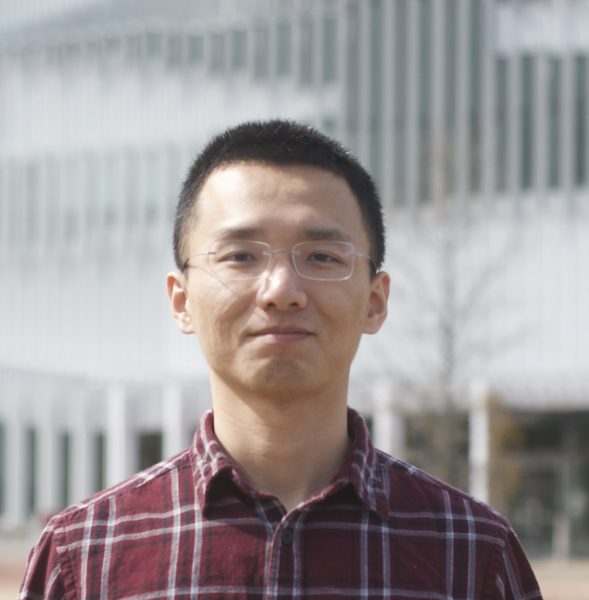
- This event has passed.
MAE PhD Defense – Xianyu Wu
March 21, 2018 @ 8:00 am - 10:00 am
TITLE: High-speed Quantitative Polarization Imaging Instrument for In-situ Dynamic Measurement of Birefringence Properties
ADVISORS: Dr. Kara Peters & Dr. Mark Pankow
DATE & TIME: Wednesday, March 21, 2018 at 8 AM
LOCATION: EB3 – 3115
ABSTRACT:
Tendon-to-bone insertion is a highly specialized tissue connecting two dissimilar materials, flexible tendon and stiff bone. Damaged tendon-to-bone insertions cannot be regenerated and the failure rate of surgical repairs of tendon-to-bone insertion is high. The aim of this work is to better understand the mechanical behavior of the tendon-to-bone insertion and reorganization of collagen fibers during medium-high strain rate events, such as sporting or car accidents. To accomplish this a high-speed quantitative polarized light microscopy (QPLM) instrument has been developed. The technique can monitor collagen fiber spatial realignment during controlled medium-high strain-rate experiments at acquisition rates up to 10 kHz. By utilizing a rotating quarter wave plate and a high-speed camera, the minimum acquisition time to generate an alignment map of a birefringent specimen is 6.0 ms. A sequential analysis method allows the QPLM instrument to generate QPLM data through a high-speed camera at 10 kHz. This high-speed QPLM instrument was implemented within a modified drop tower and validated using benchmark polycarbonate specimens.
Porcine tendon-to-bone insertion specimens were tested using the modified drop tower to create dynamic tensile loading at an average maximum displacement rate of 1.24 m/s. The collagen fiber realignment was tracked using the high-speed QPLM instrument. The results demonstrate that the tendon-to-bone insertion mitigates the potential impact of dynamic stress conditions through a sequence of localized deformations.
The first method revealed some limitations due to the sequential images required to generate alignment maps. Therefore, a second approach to measure the specimen birefringence was investigated. A high-speed camera with a linear array of polarization filters, was utilized to monitor the tendon-to-bone insertion specimen collagen fiber realignment during dynamic loading. This eliminated the requirement to have sequential images as the polarization stagers provide the alignment information for each image independently. The experimental results showed the use of the high-speed polarization camera significantly improved the measurement acquisition speed. This research provides a foundation for studying collagenous biological tissue mechanical behavior and detecting damage in biological tissues through local collagen fiber realignment and fracture during dynamic loading.
BIOGRAPHY:
Xianyu Wu received his bachelor’s degree from University of Electronic Science and Technology of China in 2011. In 2013, Xianyu joined the Smart Composites Laboratory in the Department of Mechanical and Aerospace Engineering at North Carolina State University under the direction of Dr. Kara Peters. In 2014, he obtained his M.S. in Mechanical Engineering and continued to pursue a Doctor of Philosophy in Mechanical Engineering under the direction of Dr. Kara Peters and Dr. Mark Pankow.
